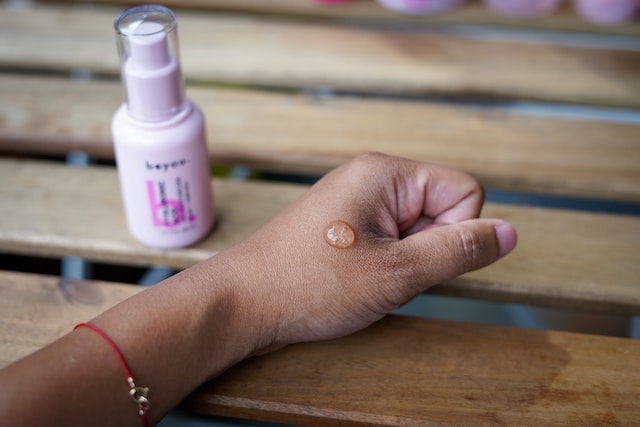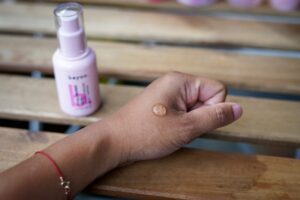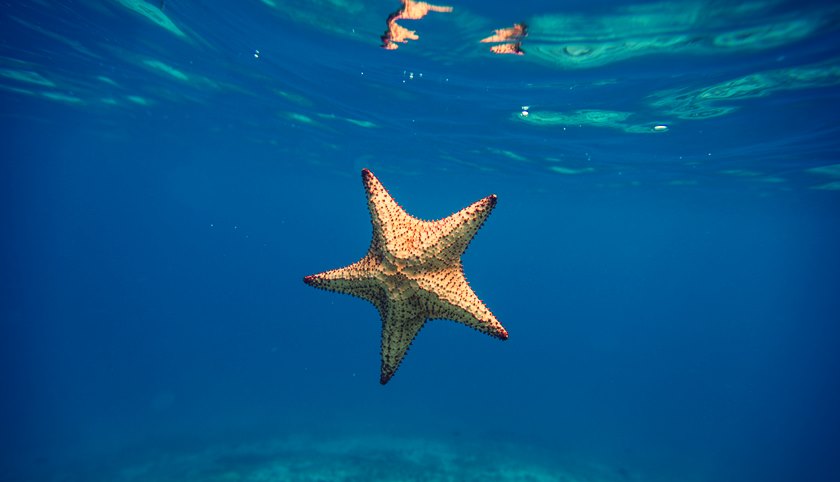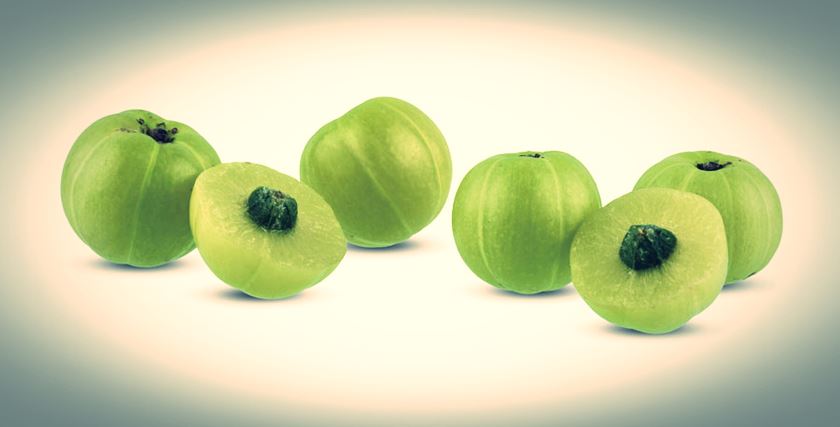
Male impotence causes serious disorders in men's self-esteem, as well as other emotional problems that can exacerbate erectile dysfunction. Next, we will explain how to address this problem. At https://nowgreenhealthes.com/p/ed-trial-pack they also offer effective solutions to these problems.
What is erectile dysfunction?
erectile dysfunction is the most common sexual problem in men of any age , especially older adults. It consists of the lack of erection or the difficulty of maintaining it for an adequate time to have sexual intercourse. This sexual disorder usually causes another series of social, couple and psychological problems in those who suffer from it.
Erectile dysfunction affects many men. Young people can also suffer from impotence, however only those over 18 years of age can take oral stimulants. Certain chronically ill patients should also refrain from dysfunction medications because their delicate state of health may worsen.
This condition prevents the enjoyment of satisfactory sexual relations or simply the impossibility of maintaining them. This can cause problems in the couple, in the confidence and in the self-esteem of the man who suffers from it. It is important for men to understand that there is psychological therapy for erectile dysfunction as well as oral treatments.
Causes of impotence
Many factors affect sexual impotence, such as psychological and organic. It is necessary to understand the causes that originate it in order to apply the most appropriate treatment. The most common factors are:
- Stress. Nerves about sexual performance, anxiety about satisfying a partner, and everyday problems decrease sexual desire and penile blood flow.
- Bad eating habits. The intake of foods with high levels of sugar and fat raise triglycerides and blood pressure, which negatively affects health.
- Chronic diseases. Penile erection problems are affected by diabetes, heart disease, high cholesterol and high blood pressure.
- Difficulties to communicate. Communication problems with the partner can also prevent men from achieving an erection or maintaining it for a reasonable time.
- Consumption of drugs. The use of cigarettes, the consumption of alcohol and drugs seriously deteriorate health and cause sexual impotence.
Psychological impact of erectile dysfunction
The emotional problems suffered by men with erectile dysfunction are extensive and affect their social relationships. These emotional discomforts may be the cause of the problem or, on the contrary, it originates from psychological erectile dysfunction.
The most common erectile dysfunction emotional problems are:
- Frustration. The dissatisfaction caused by not achieving an erection causes frustration and psychological pressure in the man who suffers from it.
- The lack of erection causes insecurity, generates fear and fear that seriously damages a man's self-esteem.
- Bad mood. Lack of erection causes discomfort and affects the patient's mood. Bad moods are frequent.
- Depression. It is also common for patients to experience sadness and negative feelings due to the sexual impotence they suffer.
- Difficulties with the couple. Communication problems or any other type of problems with your partner can also have repercussions on the sexual level.
Men who suffer from some of these disorders should see a psychologist who will guide them and provide them with the appropriate tools to overcome these difficulties.
partner support
The patient needs all the support so that the process is easier to overcome. We recommend the actions:
- Have patience. You have to wait a reasonable period of time for the treatments to take effect.
- Get educated on the dysfunction. It is vitally important to understand the condition suffered by the patient to find the appropriate solutions.
- Communicate assertively. The couple must express themselves correctly, express all their feelings to find a solution.
- It is important to encourage the couple to follow the treatment and have the best disposition.
- Accompany him to medical visits. Without a doubt, this aspect demonstrates commitment and unconditional support.
recommendations
There are certain tips that help men suffering from erectile dysfunction to overcome the disease. Analyze each one:
- Decrease alcohol consumption. The intake of alcoholic beverages, cigarette smoking and the use of illegal drugs should be reduced, especially during medical treatment.
- Practice sports. Playing sports improves overall health. Maintains body weight in its proper measurements and considerably reduces stress.
- Eat healthy foods. It is important to eat foods free of fats and sugars. Good nutrition is synonymous with health. The consumption of vegetables and fruits should be increased.
- Seek medical solutions. After consulting a doctor, you can ingest oral sexual stimulants, undergo surgery or inject the urethra.
- Practice relaxation techniques. It is important to relax through meditation, it is a good way to release stress and recharge energy.


















